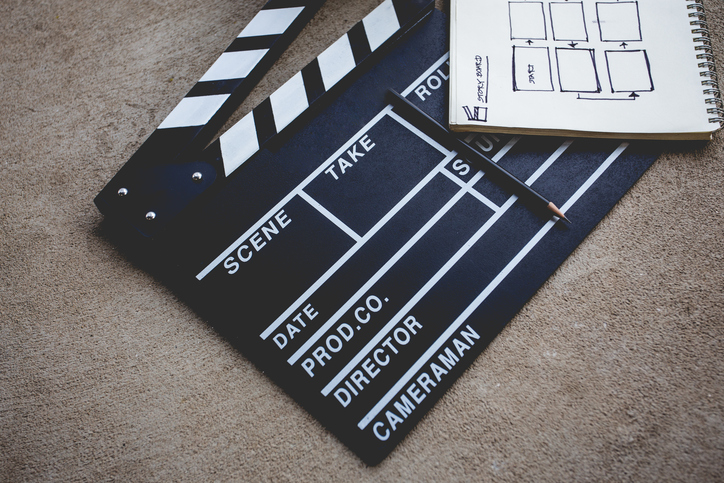You should prepare for any trip you head out on a vacation or business trip. You will get the most value for your buck and enjoy your time thoroughly if you do good research. This article will help you have a great trip. With snowy weather and lots of mountainous ground that’s the reason why I want to get Canada ski packages.
Leave any valuable items of value at home when traveling.
When you go overseas, you should be aware of the taxi companies in the city. You want to ensure it’s a real taxi.
Do not expect an airline will make you as comfortable as necessary on a flight. If you think they will come in handy, a blanket and a pillow to be comfortable while flying, a light blanket and comfortable headphones. You should also bring enough snacks along in case the airline meals are a flop.
When taking a cruise, search for lodgings where you can park at no cost and make reservations for the night before departure.You may want to contact the hotel administration about potential deals that they offer on parking deals.

If the venue you want to go to offers online ticketing, head to its website and see if it is possible to buy and print tickets from there. The small fee for this service is well worth it to avoid long lines. If the park uses a timed entry system, you can generally bypass these, too.
Check the websites of your airline to get the best price.Sometimes they have the discount travel websites.
Always keep your most important belongings on hand when traveling.Do not use bags with easy access to any of the pockets. These are all points to be considered when shopping for a safe bag for your travels.
Let a family access to the travel itinerary. This is a great tip because it ensures that someone knows where you are doing. Stay in touch with that contact with them as well. They will know you’re safe if they hear from you.
Travel can be used as a great way of educating your family members. As long as you’re cautious, you should feel confident about visiting developing nations, as they can offer extremely enlightening experiences for your children and you.
You never know that the weather will turn out. A great example of making the most of what you have is using a raincoat for cold weather, and even a bathrobe for your hotel stay.
Use melted hotel ice to brew your coffee in the morning. The tap water might not be that tasty, so just fill the bucket before you go to bed so it can melt as you sleep. You can brew tasty coffee in the morning.
Avoid rush hour traffic when setting out on your trip. If it’s not possible to avoid rush hour, use that time to stop for a break. This is the time to go grab a snack or let your children run around for awhile.
Sleeping pills or tranquilizers can get you through those long red-eye flights. A lot of people find it hard to sleep on planes, because the seats aren’t beds, uncomfortable seats and aircraft noise. Try taking sleeping pills to make your flight if you have trouble falling asleep otherwise. Don’t have the pill before the plane takes off, as there may be a delay or problem that requires a return.
Sometimes you will end up at a less than nice hotel. Bring a rubber doorstop for safety.You can place it underneath your room door at night to add security beyond the main chain and lock.
Sign up for online newsletters offered by most major airlines you like to use to fly. The savings you get from these newsletters make up for having to deal with a few more items in your inbox.
Try to get local rates at the hotels when you travel. Hotels often cater to locals with deals to local citizens in an attempt to fill their rooms. If there is someone you know in the city you will be visiting, contact them too see if they are aware of any special deals. This technique can save you a significant amount of money.
Your vacation can turn into a nightmare if you do not take the time to do some research before planning.Read online reviews on the web from others who have stayed there before. This helps you stay away from visiting bad parts of town and experiences that aren’t desirable.
Think about different transportation you’re going to use. Buses aren’t like they used to be.You can find package deals from some bus lines that will make your planning a cinch.
Don’t forget those important medication. You won’t be able to get the medication you need.
Give your travel itinerary to a trusted family member or friend when you travel. Include all the places and people you will visit, anyone that you plan to visit along with the telephones and addresses.
Contact lenses should be in a useful container for traveling. You can keep small bit of hair gel or lotion inside to last through the trip.
Make sure the clock radio in your hotel room works before you go to sleep. You have no way of knowing what the alarm is not going to go off during the night and wake you up.
Long flights can certainly be taxing.You can avoid this by taking a flight that gets to your destination at the same time of morning you usually get up. ) and rest as much as you can on the flight. You will wake up feeling good and ready for a new day.
This way, even if your luggage gets lost and external tags are detached, even if just one piece gets lost.
If you decide to have a camping trip, it is important that you obtain and carry maps of the locations you plan to visit.
Most of these suggestions are applicable for various forms of travel. Keep this advice in mind as you put together your travel plans. You’ll spend less time worrying about problems, and will have lots of time to enjoy yourself.

